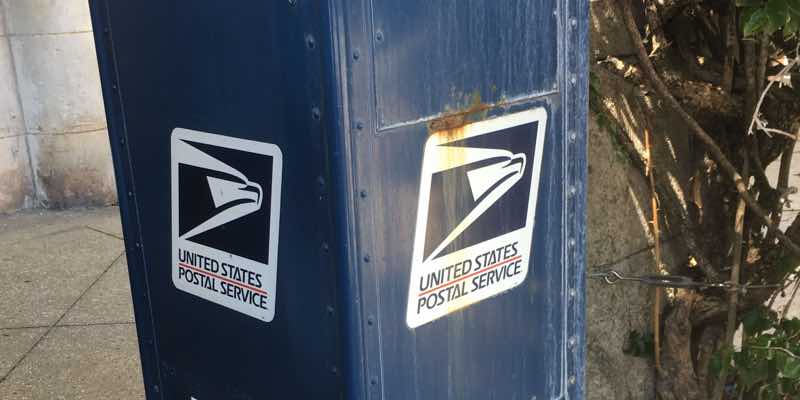
USPS Delivering At a Historic Cross Road
The history of the US Postal Service predates the founding of the country and finds itself at a historic cross roads. The American postal system is threatened by financial insolvency, political posturing and a mandate never more important.
Postal service may be about to go broke and has request over $70 billion in funding with projections that it could be insolvent by September

Disclaimer: The information in all Jet Worldwide online content, including this post, is for general information only and is not intended to, constitute legal and/or tax advice.All liability with respect to actions taken or not taken based on the contents of this site are hereby expressly disclaimed. The content on this posting is provided “as is”; no representations are made that the content is error-free.
First Responders For Last Mile Delivery
Neither snow nor rain nor heat nor gloom of night - NOR PANDEMIC- stays these couriers from the swift completion of their appointed rounds. From delivery of messages from the Centers for Disease Control (CDC); to delivery of over 1 billion prescriptions every year (including for Veterans Administration patients); to the ability to facilitate "social distance" voting the USPS mission is essential.
Why is the USPS going broke?
Despite being a government agency, the US Post office is a self funded agency. The finances and result can thus be somewhat obscured but the key reasons for financial stress include:
- The 2006 Postal Accountability Enhancement Act/ PAEA mandating the USPS mandating prepaid over health care benefits for retirees over a 50 year schedule
- PAEA prohibiting limits the ability for the USPS to raise rates on first class mail
- The USPS must delivery to every address in the USA - no matter how remote
- The pandemic has resulted in a drastic reduction of advertising mail
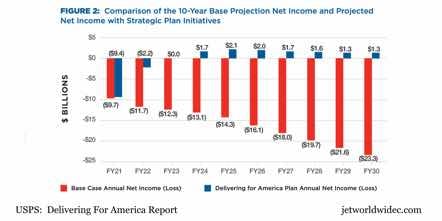
Private Profit Versus Public Trust
Many advocate leaving delivery to private companies who, as the theory goes, are better at innovating and cutting costs. The drawbacks to this argument is:
- Remote addresses are not profitable and likely would be underserved
- Small businesses depend on local post offices and would likely not get lower pricing from FedEx or UPS.
Delivering for the owner of the Washington Post
A quick story line: The founder of Amazon owns the Washington Post. President Trump does not like the Washington Post and, by extension, Amazon? And he claims the post office is losing billions because the USPS is underpricing its parcel delivery to the unfair benefit of Amazon.
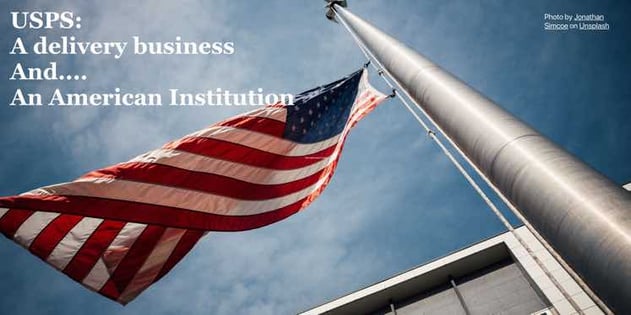
New Postmaster General:
The Board of Governors of the United States Postal Service has confirmed Trump's selection of Louis DeJoy to serve as Postmaster General. Supporters point to DeJoy's as accomplished business executive while detractors fear he will carry out pro-privatization policies and deconstruct the USPS.
Political agendas aside, polls consistently show strong public support of the USPS.
Does the USPS Lose Money on Parcels?
By most non partisan accounts, the USPS makes money on parcel delivery. In fact, the 2006 Postal Enhancement and Accountability Act prohibits the post office from pricing parcels below costs.
The issue determining the costs - and thus the profit - of parcels is how to allocate fixed costs between mail and parcel operations.
The USPS parcel service is the most controversial as it competes directly with private carriers and below market rates can be shown as being profitable with uneven cost sharing with the letter business.
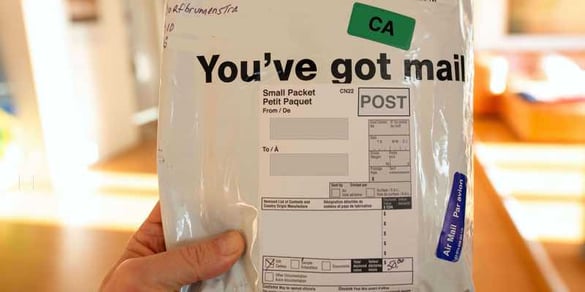
Foreign Treaty Mail:
The issue that even postal supporters easily concede was the fact that USPS was handling mail from China and other exporting countries at well below cost. This issue was finally addressed by the Universal Postal Union /UPU under pressure from the US.
The USPS Global Direct Entry provides USPS higher margins by dealing direct with international on-line orders shipped airfreight to the US.
Jet Worldwide provides high volume parcel import processing to the US via Section 321* clearance via ECCF, CFS and type 86 entries.
The USPS: First Choice for e-commerce Last Mile Delivery
The USPS has an important public utility that facilitates communication and physical connections in our virtual world. Small and medium sized e-commerce companies rely on the broad access to the USPS for delivery of small parcels to every address in the USA.
Ironically, FedEx and UPS are among USPS largest customers (via USPS Parcel Select Service) for delivery to remote areas.
For international online orders, USPS provides low cost direct entry to the entire USA via their Global Direct Entry Processes. For information on clearing shipments for Global Direct Entry, contact our team.
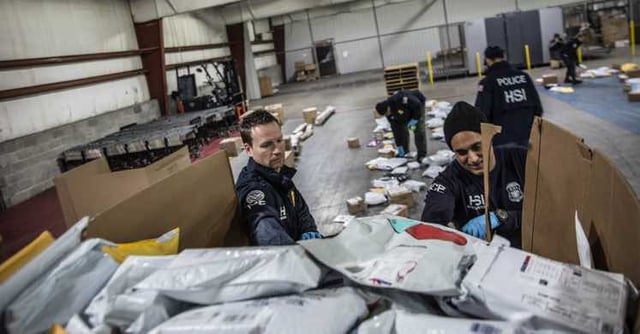
* What is Section 321?
US Customs allows most individual orders valued under $800 USD to be entered and cleared duty free into the USA. This entry type is known as a Section 321 Informal Entry. Using this entry type, importers can consolidate all their qualifying orders under one entry without H.S. Codes and benefit from duty free entry.
Most goods cleared via a section 321 informal entry are imported under Part 128 of the Code of Federal Regulations (CFR). As such, they are imported to facilities with port codes that define them as Express facilities or ECCF's. Many express operators are also able to clear via freight facilities (with section 321 processes) known as a Container Freight Station or CFS.
For importers who have H.S. codes, it may be best to use a Section 321 "type 86" entry. Using this entry type, goods can be imported via traditional methods using the Automated Broker Interface or ABI system.






